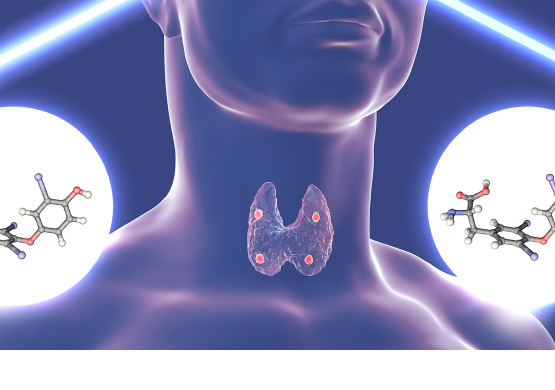Infertility is a disease of the male and female reproductive systems defined by a failure to achieve pregnancy after 12 months or more of regular sexual intercourse: 17.5% of the adult population – or about 1 subject in 6 worldwide – suffers from infertility, which testifies to the urgent need to increase access to fertility care (WHO). Infertility therefore possesses an undeniable social dimension, and cannot be relegated, as is often the case, to a minority of couples left alone to address their issues. IBSA is engaged in the reproductive medicine area with a portfolio of products for the treatment of infertility that includes progesterone in aqueous solution and extractive gonadotropins, which are highly glycosylated thanks to a peculiar purification process.






